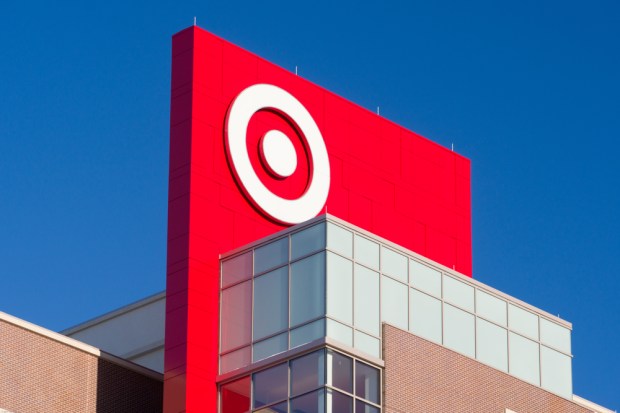Target Logs Earnings Miss, Despite 25 Percent eCommerce Growth

The retail outlook was bleak when, on the first earnings call of 2017, Target announced plans to invest more in digital, fulfillment and employee culture. One year later, however, the investment strategy has delivered some payoffs.
Target logged a 3.6 percent increase in comparable sales and more than 25 percent growth in digital for the year, continuing a strong four-year growth trajectory for digital. The retailer also said it saw increasing foot and web traffic and gained market share across its five core merchandise categories.
Despite this, and despite beating on revenue by $240 million (10 percent), the big box retailer missed by $0.01 in earnings, with an EPS (earnings per share) of $1.37.
Shares fell almost 5 percent in late trading Tuesday (March 7) as a result.
Leading up to Tuesday, Target’s stock had been enjoying a 15 percent surge since the beginning of 2018. It appears that, based on good sales reports from November and December, indicating a recovery (at last) from that pesky 2013 data breach, Wall Street was betting on stronger results and guidance than what Target delivered yesterday.
Margin Pressure
Target did admit its margins were lower in the fourth quarter this year than during the same quarter last year due to rising demands for digital fulfillment. Gross margin fell 40 bps (basis points) to 26.2 percent of sales due to this factor.
Executives were not alarmed, saying on the company’s earnings call that the pressure was expected due to strategic shifts and investments the company has been making as part of its long-term strategy.
CEO Brian Cornell said, “We have made significant investments in last year, in our team, in new capabilities and new brands. You are going to see that stabilize as we go into 2018, and, as Cathy mentioned in our outlook, we expect to see gross margin rates stabilize, if not slightly improve, in 2018, offset by some of the investments we will make in SG&A [selling, general and administration expenses].”
Executives said they expected high-margin home and apparel items by owned brands such as Opalhouse and Umbro would help stabilize and improve margins over time as well as provide differentiation for the company.
CFO Cathy Smith added, “By placing our stores at the center, we expect our business will generate somewhat higher asset turns and somewhat lower operating margins than we’ve seen historically. This evolution will support continued outstanding after-tax returns on invested capital, something that’s been a strength of this company for a very long time.”
The company’s investments in eCommerce may or may not pay off in the long run, but it’s clear they are having a detrimental effect in the short term, which may have scared off some investors.
Minimum Wage Hike
However, the earnings miss has been decidedly overshadowed by Target’s media-friendly move to raise its minimum hourly wage (again) to $12 in 2018. That’s on the heels of a minimum wage increase in September to $11 per hour, moving the company one dollar per hour closer to its goal of offering a $15 minimum wage by the year 2020.
For some investors, that’s exactly why they want to sell. Margin pressure is never attractive, and that’s exactly where a higher minimum wage would hit.
Sure, $15 an hour plays well among social justice warriors — and indeed, that seems to be who Target is, well, targeting, with new in-house brands like women’s clothing line Universal Thread and home furnishing lines Heart & Hand with Magnolia and Opalhouse.
Yet there’s no arguing that offering pay raises will increase Target’s costs substantially, even if those raises just start among existing store associates. Conversely, CEO Brian Cornell said Tuesday that an increase in both quality and quantity of employee applications will justify the wage hike.
Other Key Investments: Fulfillment
According to Chain Store Age, Target also plans to expand its delivery offerings. The “restock” overnight essentials delivery service is expanding, as is same-day delivery from urban stores. Target piloted urban same-day delivery for a flat fee last year in four New York City locations and will now introduce it to five more New York boroughs as well as stores in Boston, Chicago, San Francisco and Washington, D.C.
Drive Up delivery, available via the Target app, will expand to nearly 1,000 stores nationwide this year. The service allows customers to “buy online, pick up in store” — except the “in store” part happens in the parking lot, where an associate brings the ordered item straight to the customer’s car.
Finally, Target announced free two-day shipping on hundreds of thousands of items in its digital store for guests spending $35 or more or who pay with their Target REDcard.
